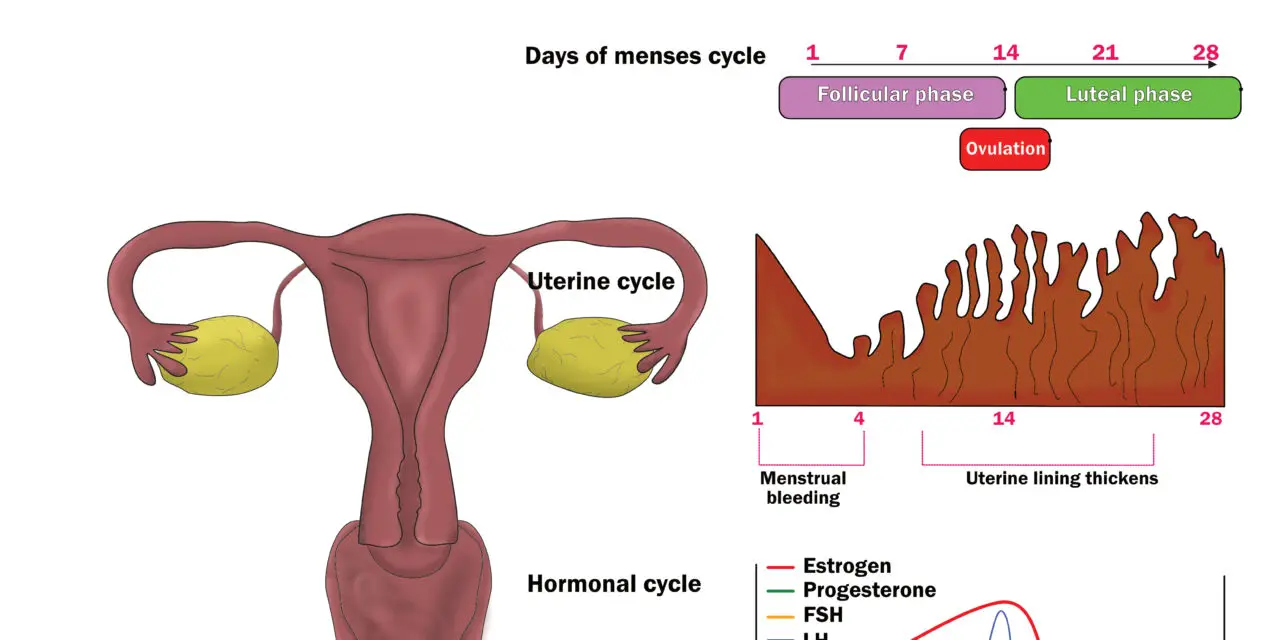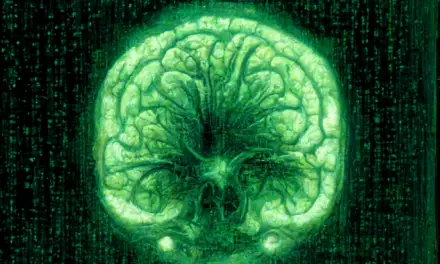Pain comes in many different forms and everyone has their own unique relationship with it. Sometimes brilliant and fleeting, other times it’s a haunting chronic looming presence that may ebb and fade but never completely disappears.
Dysmenorrhea, more commonly referred to as period pain or menstrual cramps, is often disregarded as being a valid pain because it’s caused by a naturally recurring bodily function. Period pain can range from a low static background hum to pain so great that the body tries to reject it by throwing up or passing out.
For centuries, we were left to find ways to manage on our own with pills or home remedies but is there a type of period massage that can help?
Is there a best massage for period cramps?
Massage is not a typical method to alleviate period pain or most kinds of pelvic pain, perhaps it should be, but there is no best massage because everyone’s body is different. Some will respond to work on the deeper muscles of the hips and glutes while others may need softer work on their lower abdomen.
Part of the reason why massage can reduce pain is by a process called descending modulation. This is a complex process by which your brain and spinal cord interpret sensory information from your surroundings (e.g. touch, heat) and determine if they’re a threat or not. If something is perceived as a threat, your perception of pain sensitivity may increase, which increases the likelihood that you would experience pain.
Studies have shown that prolonged contact, even a 30-second embrace, will cause the central nervous system to release oxytocin, which can “function as a stress-coping molecule, an anti-inflammatory, and an antioxidant, with protective effects especially in the face of [adversity] or trauma.” Which may be part of the reason receiving daily abdominal massages for five minutes in the days leading up to menstruation can “significantly lower” pain inflicted by menstrual cramps.
Deeper work around the pelvic region will greatly reduce the pain by releasing muscles in the surrounding muscles. Releasing individual muscles can be a very painful experience when not compounded by other pain making it best to save this work as preventive care. All the individual parts of the body work as a cohesive team. When one of them is experiencing a traumatic event, the surrounding muscles tense up in reaction to the pain.
Another modality to consider is aromatherapy, which involves applying different kinds of essential oils to help promote a calming and healing effect. For example, lavender calms and eucalyptus helps to stave off fatigue.
Scent is also one of the strongest ways to recall memory so doing simple things like meditation with aromatherapy will trigger your body to calm and relax with regular use.
Self-massage for menstrual cramps
You can use self massage to alleviate pain when you’re having period cramps, and there are several ways to do it.
Sun and moon effleurage
This is a stroke where you lay your hands flat on the belly and bring each around in a circle. For uterine cramping each hand alternates direction.
- Lay your hands flat on either side of the stomach and run them across the abdomen, starting above the navel and going down toward the pelvis.
- Give small friction circles done in a wide circle around the navel, spiraling inward.
Acupressure can also be applied along either side of the lumbar vertebrae then continuing down and widening at the hips.
Other ways to get rid of period cramps
There are many other common ways to reduce period pain. With some of the most common being heat, medication, and management.
Heating pad
One method to manage pain is heat. Some studies have been conducted using both heat and control groups with placebos with consistent results finding the use of heat can greatly diminish the pelvic pain associated with periods.
Medications
Medications have been used for decades to help manage all forms of pain. When it comes to menstrual pain one of the first things that most people will try are over the counter pain meds like Tylenol, midol, or ibuprofen.
However, many find that pain medications only work if they are taken at the first signs of impending cramps, if these medications are taken even an hour later they will often have no effect at all.
For some, medications like oral contraception act to regulate and moderate sex hormones like progeterone and estrogen greatly diminishing pain but this can also heighten other menstrual symptoms.
If you go this route, it’s imperative for you to make a list of all symptoms for your doctor to be able to help you and see if this is a viable option.
Exercise
Exercise is another way to manage pain of all kinds because it has a prophylactic effect. Maintaining an exercise regimen that is 45 to 60 minutes three times per week has been shown to greatly reduce dysmenorrhea regardless of intensity.
Although many of the studies related to preventing this type of pain don’t have correlating studies to period cramps, exercise may reduce stress, which has a domino effect to decrease pain.
Stress management
There are many impairments which have a negative influence on the body and stress is a major one whether it is physical or psychological stress.
Our bodies are constantly trying to maintain a balance between all the extremes that occur internally and environmentally in order to reach the goal of homeostasis or stability.
When we aren’t stable then our bodies try hard to make us so. If we are sick, our immune system will try to “flush out” the disease.
When we are stressed, we tend to crave things that will cause our bodies to secrete all those happy chemicals like dopamine, serotonin, and oxytocin. The more stressed we are, the harder our bodies try to provide relief. (Some also believe this is the reason that chocolate is such a common craving during menstruation.)
Your ability to manage stress means that your body doesn’t have to expend as much energy to reach homeostasis. And thus, your body doesn’t have to work as hard to manage other functions.
Tea and other drinks for period cramps
Maybe there’s a reason that we crave being curled up on the couch under a blanket with a hot beverage when your auntie comes to visit. Some types of tea have been shown to help fight some of the baggage she comes with.
Green and oolong tea for example, seem to have the greatest influence in reducing dysmenorrhoea.
Rose tea intervenes to bring down pain levels and decrease the psychological trapping that often feels like they are holding us hostage.
What causes period cramps?
Period cramps are the result of contractions. Menstrual cramps and labor contractions are often viewed as two completely separate functions but they are exactly the same.
In both cases, the tissues of the uterine wall are actively flexing from the top of the organ moving in a downward motion to expel its contents, whatever those contents may be. In the case of “cramps” the uterus is shedding and expelling its own inner lining.
Trauma is often thought of as something that happens to the body as a whole, but it can also happen to the individual parts of the body and in many cases that is an important distinction to make.
A pulled muscle isn’t traumatizing to the mind, but it is to the individual muscle which is why it continues to hurt. Organs will get just as traumatized if not more.
Dysmenorrhea is the clinical term for painful periods for which there are two classifications: primary and secondary.
The most common is primary dysmenorrhea which is caused by having too many prostaglandins, a chemical produced by the uterus which causes the tissue to flex and relax. This form usually plagues those early in life and can change with time and often subside after pregnancy.
Secondary dysmenorrhea is the result of underlying conditions that affect the reproductive organs, such as ovarian cysts, uterine fibroids, or endometriosis and is more common later in life.
Ovarian cysts are growths that contain fluid or tissue which form on an ovary and are usually non cancerous. Symptoms include:
- fever
- vomiting
- bloating
- lower back pain
Uterine fibroids are believed to be tumors that emanate from the smooth muscle tissue of the uterus with side effects of:
- heavy menstrual bleeding
- menstrual bleeding that lasts more than a week
- constipation
- bloating painful penetration
- infertility
- complications during pregnancy and labor
Endometriosis is classified as a disease in which endometrial tissue, the tissue that lines the inside of the uterus, grows outside causing:
- Chronic pelvic pain
- Infertility
- Internal bleeding
Getting help
Getting help can often seem like a double-edged sword. If you’re experiencing menstrual symptoms that are impacting your way of life, you should always see a medical professional to rule out underlying conditions, but it’s also one of the hardest times to advocate for yourself.
Until very recently, people who complain during extreme period symptoms were seen as those who were unable to handle and manage their own bodies. Some were put into the category of drug seekers so hypochondriacs.
Period pain isn’t just about the pain that comes when the bleeding starts. Pain can happen during ovulation, after ovulation, or the week leading up to the onset of bleeding.
When you seek help from a medical professional make sure that it’s someone who is actively listening to what you have to say about your own body because you know your body best.
Resources
Dealing, managing, and coping with chronic pain can take more work than many realize. Coping with chronic pain comes with knowing how to identify the signs and signals your body is sending you. Just as dealing is acknowledging the pain on good days as well as the bad ones.
Managing is a marathon and not a sprint and isn’t only making sure the heating pad is working and the medicine cabinet is stocked, managing is knowing exercise, diet, and hydration must be consistent for them to be helpful. All these require a strong foundation and a support system that understands the unique difficulties you are going through.
Find groups and support here:
https://www.pelvicpain.org/public/resources/support-groups (U.S.)
Pelvic Pain Support Network (U.K.)
https://www.pelvicpain.org.au/find-support/support-groups/ (A.U.)
There may also be local support groups on social media, or you might even create one.

Lindsay Jones, LMT
Lindsay is a licensed massage therapist and a mother of three, who specializes in rehabilitation with emphasis on prenatal and postnatal care.
After graduating from the National Holistic Institute in San Jose, Calif., she went on to study how pain affects the body and how it can be alleviated during the constant changes of pregnancy and early motherhood.
In her free time, Lindsay has a deep love of all forms of art from storytelling and music to sewing and painting.





